Virginia’s diverse landscapes—from the rugged Blue Ridge Mountains to the sprawling Piedmont and coastal plains—offer some of the best off-roading opportunities on the East Coast. For enthusiasts seeking adventure on challenging terrain, Virginia’s network of off-road trails provides countless hours of enjoyment. However, with the thrill of navigating these trails comes a critical responsibility: preserving the very environment that makes off-roading so special.
Trail preservation is essential for maintaining access, protecting Virginia’s natural resources, and ensuring that off-roading remains a sustainable activity for generations to come. This article explores the importance of trail preservation, the unique challenges faced by off-road trails in Virginia, and best practices every driver should follow to minimize impact and help protect these precious lands.

Why Trail Preservation Matters for Virginia Off-Roaders
Off-roading is more than just a hobby; it’s a connection to nature and an expression of adventure that embraces the rugged outdoors. But this connection depends on the health and longevity of the trails themselves. Here are key reasons why trail preservation is vital:
1. Maintaining Access and Preventing Closures
When trails become excessively damaged or abused, they can be closed by landowners or government agencies. Many off-road trails in Virginia traverse public lands managed by the U.S. Forest Service, the Department of Conservation and Recreation, or private landowners who grant limited access.
Unsustainable trail use can lead to erosion, sediment runoff, and vegetation destruction—problems that prompt authorities to restrict or permanently close access. Preserving trails by minimizing damage is crucial to keeping these areas open for future off-roaders.
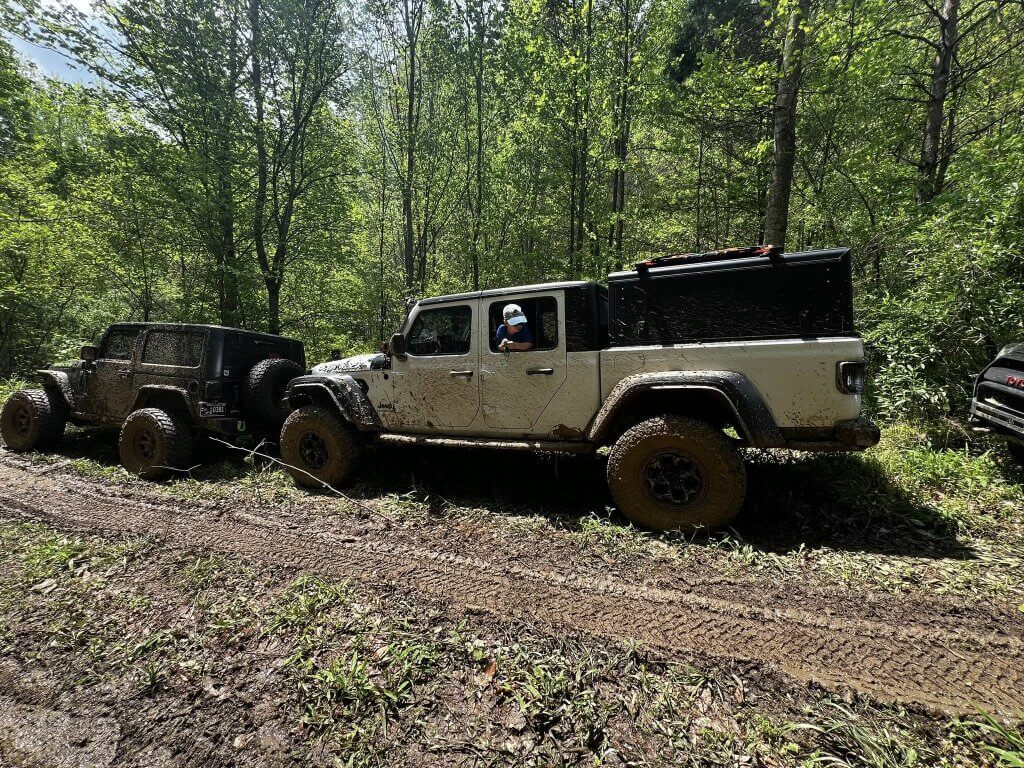
2. Protecting Virginia’s Ecosystems and Wildlife
Virginia is home to diverse habitats supporting wildlife such as black bears, white-tailed deer, wild turkey, and a variety of bird species. Trails that cut through forests, wetlands, and mountain streams can impact soil health, water quality, and plant life if not managed carefully.
Erosion and sedimentation can pollute streams and disrupt aquatic habitats. Off-roaders have a responsibility to respect these ecosystems and avoid behaviors that degrade the environment.
3. Preserving Scenic Beauty and Cultural Heritage
Virginia’s trails often wind past breathtaking views, historic landmarks, and culturally significant sites. Preserving trails means protecting these scenic and heritage resources from damage caused by off-road vehicles.
Maintaining trails also ensures that natural beauty remains intact for everyone to enjoy, from local residents to tourists exploring Virginia’s great outdoors.
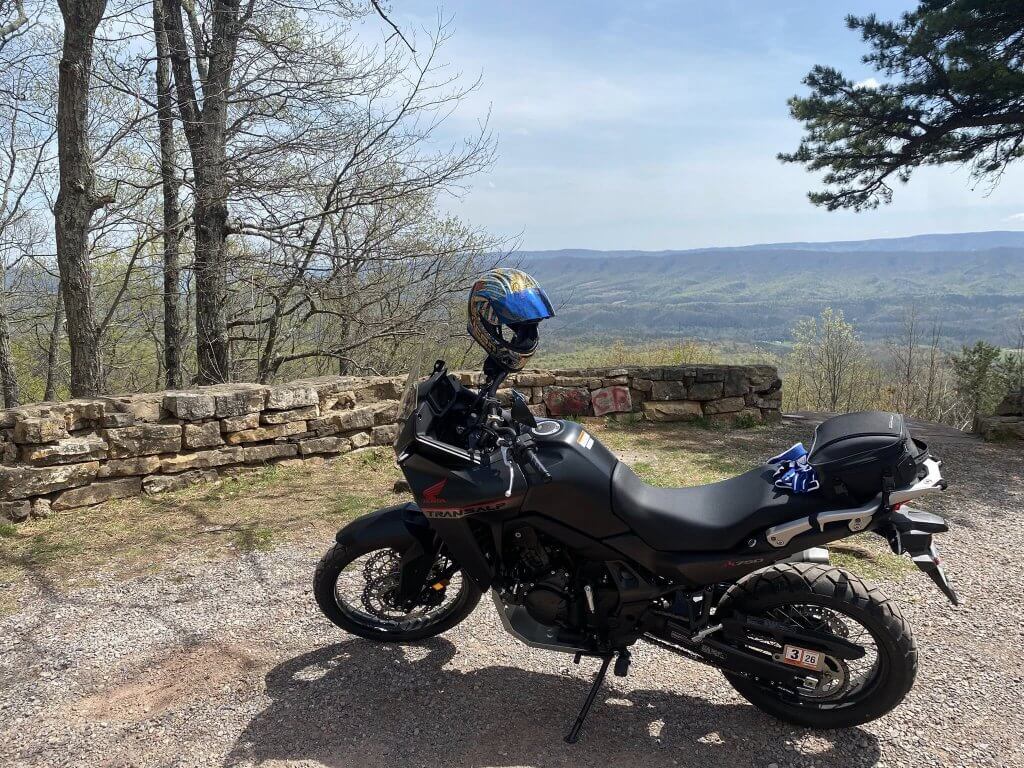
Unique Trail Preservation Challenges in Virginia
Virginia’s geographic and climatic conditions create some specific challenges for trail preservation:
Mountain Terrain and Soil Erosion
The Appalachian Mountains, including the Blue Ridge and Allegheny ranges, feature steep slopes and fragile soils prone to erosion. Off-roading on these steep trails can accelerate soil loss, leading to trail widening, gullies, and unstable surfaces.
Seasonal Weather and Trail Conditions
Virginia experiences four distinct seasons, with wet springs and fall rains that soften trails. Off-roading during or immediately after heavy rainfall increases the risk of trail damage, deep ruts, and mud holes.
Freezing and thawing cycles in winter also weaken trail structure, requiring careful seasonal management to prevent damage.
Balancing Multiple Trail Uses
Some trails in Virginia are multi-use, shared by hikers, mountain bikers, horseback riders, and off-road vehicles. Balancing the needs of different user groups requires cooperation and thoughtful trail design and maintenance.
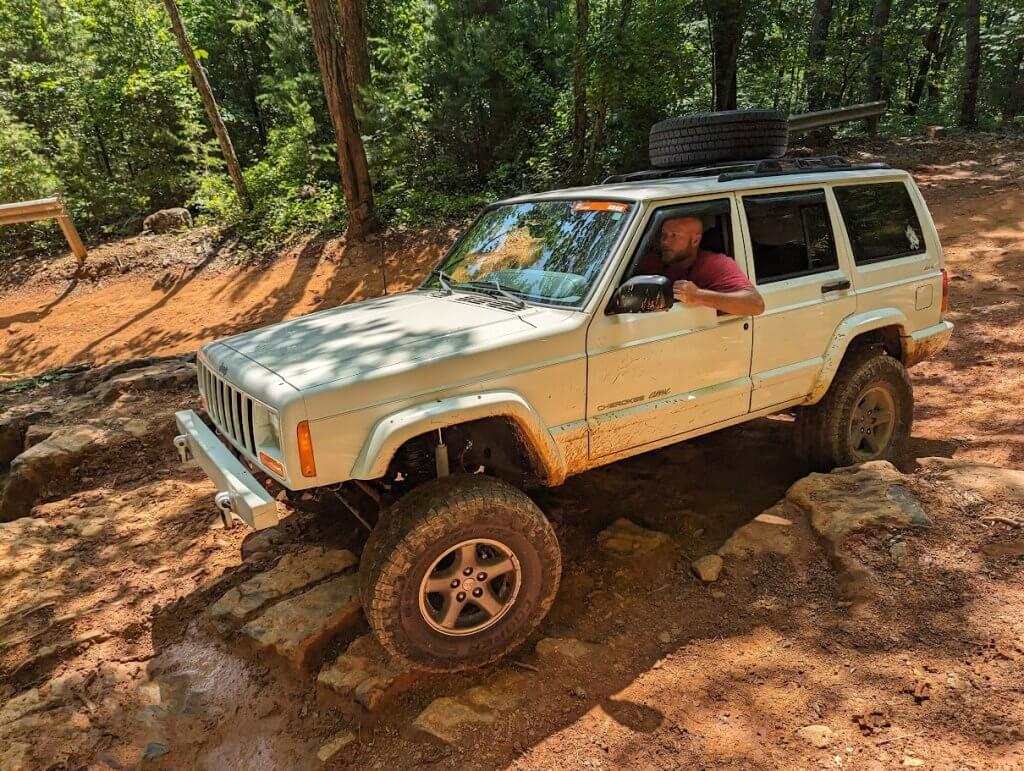
Principles of Responsible Off-Roading for Trail Preservation
Every off-road enthusiast in Virginia can contribute to trail preservation by following a few key principles:
1. Stick to Designated Trails
Never create new trails or shortcuts. Off-roading off designated paths damages vegetation and soil, accelerating erosion and destroying habitat.
Virginia’s Department of Game and Inland Fisheries and the Forest Service clearly mark approved trails—use these maps and respect the boundaries.
2. Avoid Wet and Sensitive Areas
Wetlands, stream banks, and muddy trails are especially vulnerable to damage. Avoid driving through wet areas when possible, especially during rainy seasons.
Cross streams only at designated fording points to prevent bank erosion and water pollution.
3. Practice Good Trail Etiquette
Yield to other trail users, especially hikers and horseback riders. Drive at reasonable speeds to minimize dust and trail wear.
Avoid aggressive driving that churns up soil or damages vegetation.
4. Respect Seasonal Closures
Follow all seasonal restrictions posted by land managers. These closures often protect trails when they are most vulnerable, such as during spring thaw.
5. Pack Out What You Pack In
Leave no trace. Carry out all trash and avoid leaving vehicle parts, broken gear, or food waste behind.
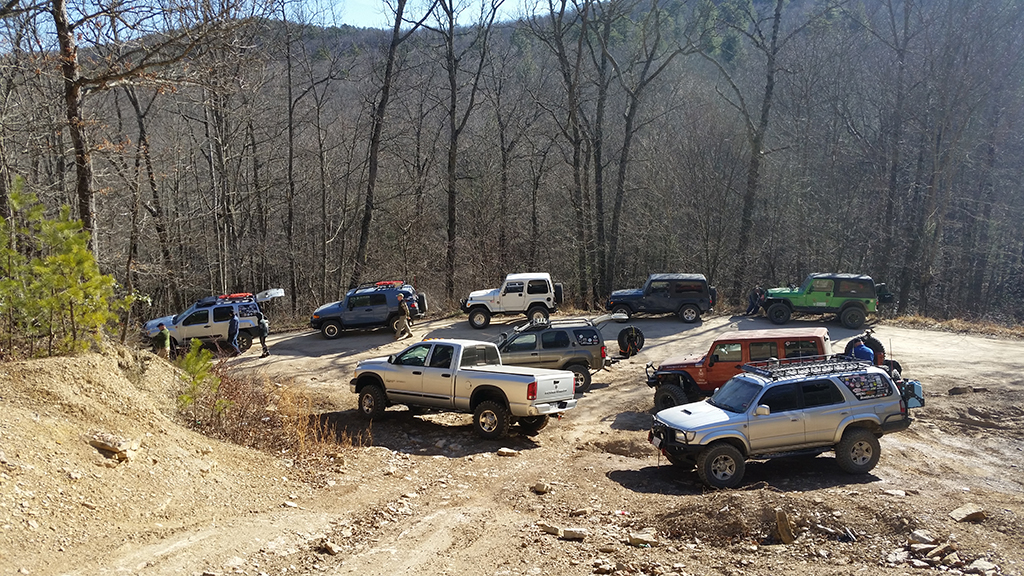
Community Efforts and Organizations Supporting Trail Preservation in Virginia
Preserving off-road trails is a shared effort. In Virginia, several organizations and programs are actively engaged in trail stewardship, education, and advocacy.
Virginia Off-Road (VAOR)
Virginia Off-Road is a nonprofit organization dedicated to uniting off-road enthusiasts statewide. VAOR promotes responsible trail use through education, cleanups, and community events.
They organize regular Trail Cleanup Days where volunteers gather to pick up trash, repair trail damage, and monitor trail conditions. Their Adopt-a-Trail Program encourages groups and individuals to “adopt” a trail for ongoing care and stewardship.
VAOR also offers educational programs focusing on safe, ethical off-roading practices and trail preservation techniques.
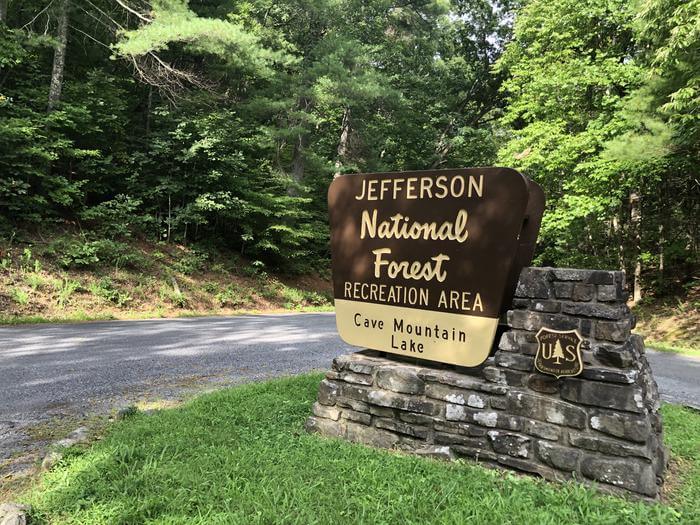
U.S. Forest Service and State Land Agencies
The George Washington and Jefferson National Forests encompass many popular off-road trails in Virginia. The Forest Service works closely with off-road groups to maintain trails, install signage, and enforce regulations protecting resources.
The Virginia Department of Conservation and Recreation manages state parks and natural areas with off-road access, balancing recreation with conservation.

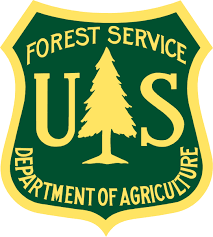
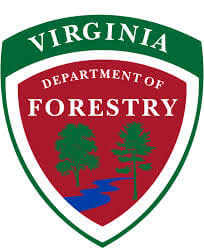
Trail Maintenance Best Practices for Off-Road Enthusiasts
If you want to get hands-on with trail preservation, learning trail maintenance techniques can make a big difference.
Common Maintenance Tasks
- Clearing drainage ditches and water bars: Helps divert water off trails, reducing erosion.
- Filling ruts and holes: Prevents deepening damage and improves trail safety.
- Removing fallen trees and debris: Keeps trails passable without forcing off-trail detours.
- Reinforcing stream crossings: Using rocks or logs to stabilize banks and reduce sediment runoff.
Virginia Off-Road often coordinates work parties where volunteers learn these skills and apply them on local trails.
Case Study: Bald Mountain Trail Preservation Efforts
Bald Mountain Trail, located in the George Washington National Forest near Roanoke, is a beloved off-road destination. The steep climbs and rocky terrain attract many 4×4 enthusiasts.
However, heavy use led to erosion issues, widening of the trail, and damage to surrounding vegetation. In recent years, Virginia Off-Road partnered with the Forest Service and local clubs to:
- Implement trail reroutes around the most sensitive areas.
- Install drainage features to manage runoff.
- Educate users on avoiding shortcuts and respecting closures.
These efforts have successfully reduced trail damage and helped maintain access for all.
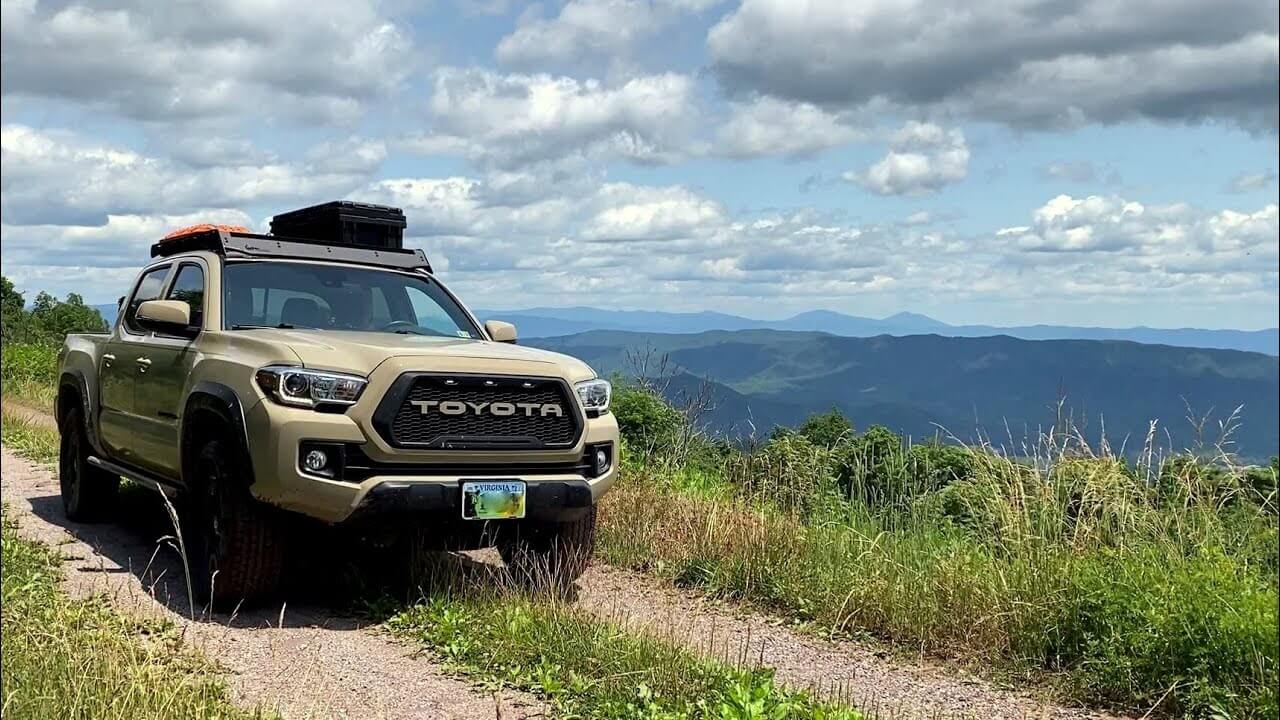
How You Can Help Preserve Virginia’s Trails
Join Local Off-Road Groups
Participate in groups like Virginia Off-Road to stay informed, volunteer for trail work, and be part of a community committed to responsible use.
Support Nonprofit Trail Preservation Efforts
Consider donating to nonprofits focused on trail stewardship. Your support funds educational programs, cleanup events, and trail maintenance projects.
Spread the Word
Promote responsible off-roading among friends and on social media. The more people who understand trail preservation, the better the future for off-roading in Virginia.
The Future of Off-Roading in Virginia: Sustainable Adventure
As interest in off-roading grows, so does the need for sustainable trail management. New technologies such as GPS trail monitoring, erosion control products, and trail design improvements help minimize environmental impact.
Community-led stewardship and partnerships between land managers and off-road enthusiasts will be key to balancing recreation with conservation.
By committing to responsible use, respecting the land, and working together, Virginia’s off-road community can preserve its trails, protect natural resources, and ensure that the freedom of off-roading thrives for decades to come.
Final Thoughts
Trail preservation in Virginia is not just an environmental issue; it’s a community commitment to protect a way of life. The stunning landscapes, the camaraderie of the trail, and the thrill of exploration depend on healthy trails and respectful use.
If you’re passionate about off-roading in Virginia, take pride in being a trail steward. Every careful turn of your wheels helps keep Virginia’s trails open and beautiful for future adventurers.

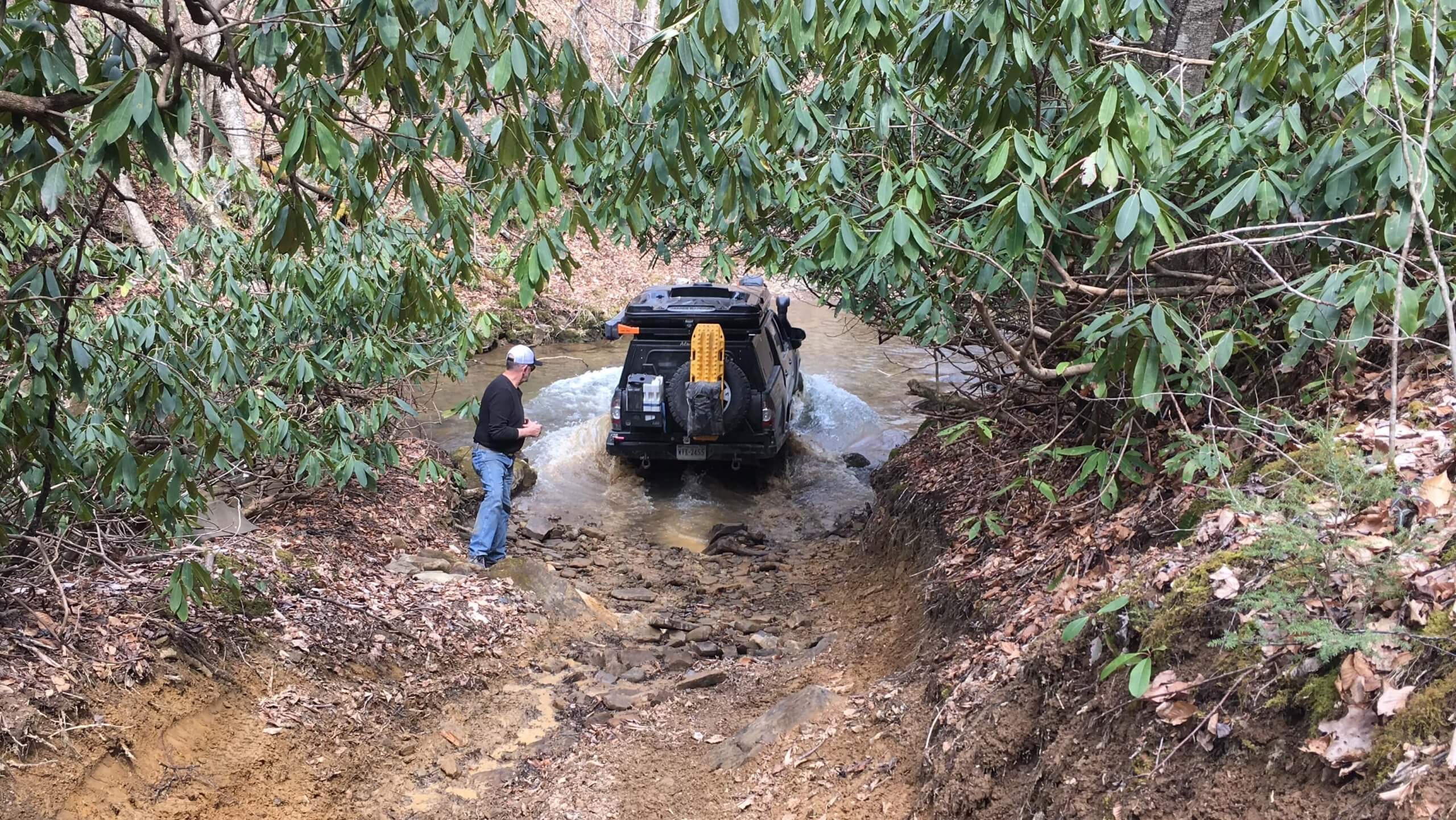


No responses yet